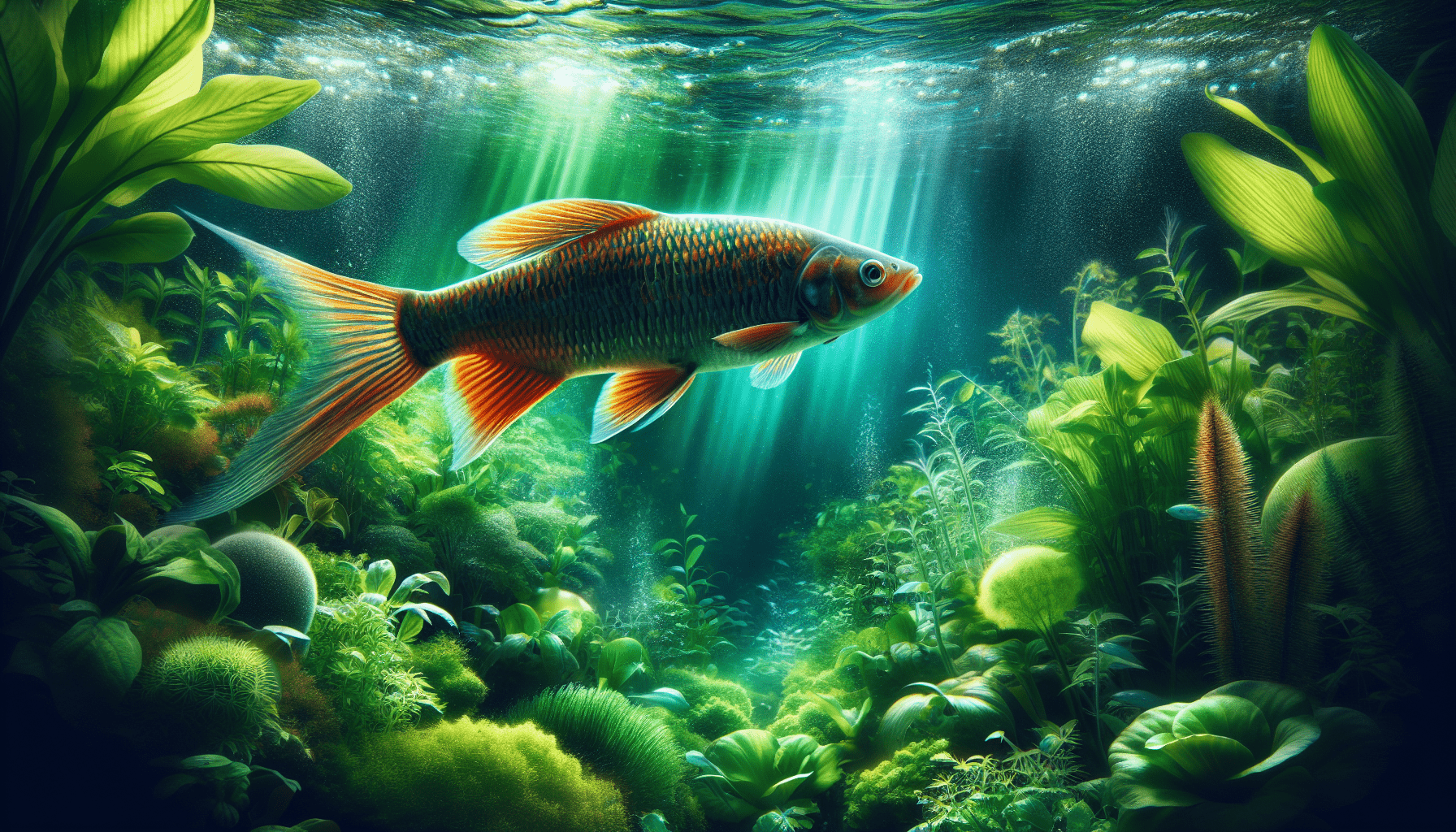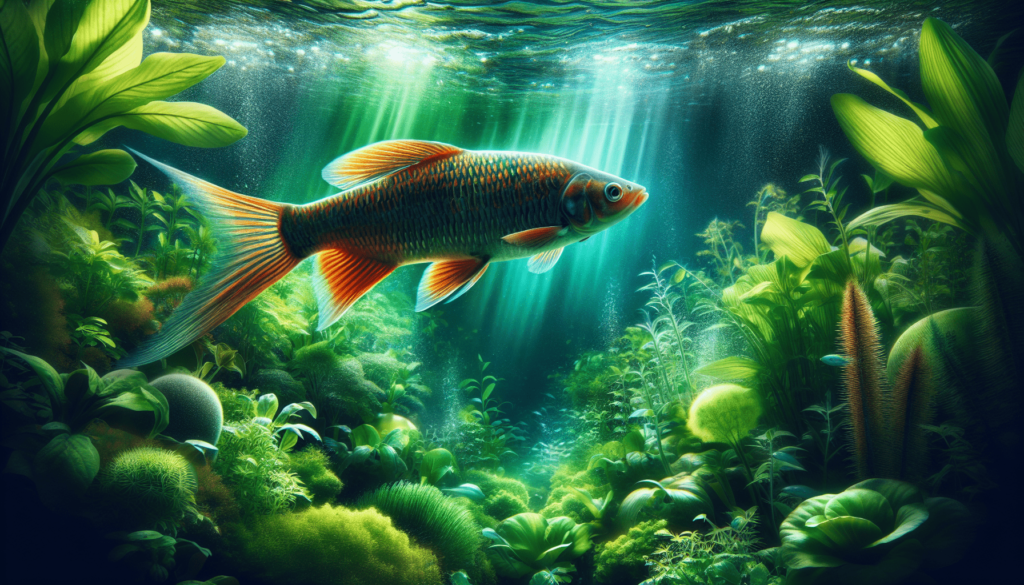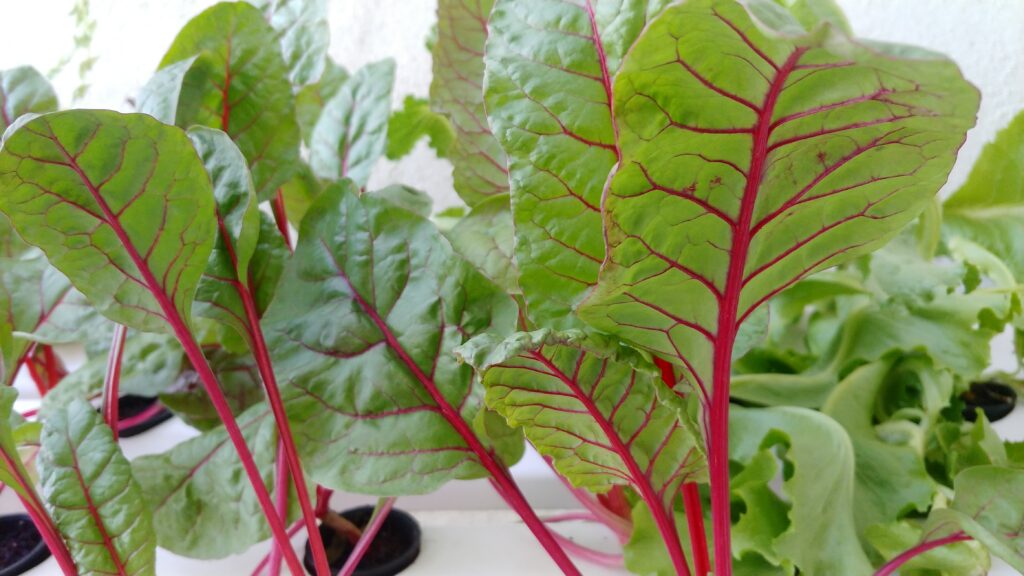In your aquaponic system, it’s crucial to be aware of the potential pests and diseases that could disrupt the delicate balance of your thriving ecosystem. From pesky aphids and mealybugs to the daunting threat of root rot, these common challenges can hinder the growth of your plants and the health of your fish. By staying vigilant and implementing preventive measures, you can maintain the harmony of your aquaponic system and ensure its long-term success.
Pests
Insects
Insects can be a common nuisance in aquaponic systems, but don’t worry, there are ways to handle them effectively. Some of the most common insects you might encounter include aphids, whiteflies, caterpillars, thrips, mites, and mealybugs. These insects can damage your plants by feeding on the leaves, stems, and roots, causing wilting, yellowing, and stunted growth.
To deal with insect infestations, you can introduce beneficial insects like ladybugs and lacewings, which feed on aphids and other pests. Additionally, you can use organic insecticides or homemade remedies like neem oil or soapy water sprays to control their population. Regularly inspecting your plants and promptly addressing any signs of insect damage will help keep your aquaponic system thriving.
Snails and slugs
Snails and slugs are moisture-loving pests that can cause significant damage to your aquaponic plants. They feed on the leaves, stems, and fruits of various crops, leaving behind unsightly holes and trails of slime. If left unchecked, snails and slugs can quickly multiply and wreak havoc on your system.
To prevent snails and slugs from becoming a problem, you can take several measures. Creating a barrier like a copper tape or crushed eggshells around your plants can deter their movement. Handpicking them after sunset when they are most active can also be an effective way to control their population. Alternatively, using organic iron phosphate baits or beer traps can lure and eliminate these pests. By implementing these preventive measures, you can protect your aquaponic system from the damage caused by snails and slugs.
Nematodes
Nematodes are microscopic worms that can infect the roots of your aquaponic plants and cause substantial damage. Symptoms of nematode infestation include stunted growth, wilting, root knots, and root rot. These pests can greatly affect the health and productivity of your plants if not managed properly.
Controlling nematodes in aquaponics can be a challenging task, but it is not impossible. One way to tackle nematode infestations is by implementing crop rotation. By rotating crops with nematode-resistant varieties or non-host plants, you can reduce the pest’s population over time. Another effective method is soil solarization, which involves covering the soil with clear plastic to trap heat and kill nematodes. Additionally, using organic soil amendments like compost or biopesticides can help suppress nematode populations. Regular monitoring and early intervention are crucial to effectively manage nematode infestations in your aquaponic system.
Birds
Birds can be both a delight and a menace in an aquaponic system. While their presence can add charm to your garden, they can also cause damage to your plants. Birds may nibble on your produce, peck at your seedlings, or even build nests that can obstruct the functioning of your system.
Preventing bird damage in your aquaponic system requires a multi-faceted approach. Installing physical barriers like netting or bird spikes can deter birds from accessing your plants. Scaring devices such as scarecrows, reflective tape, or wind chimes can also help to keep them at bay. Creating a separate area for bird feeders can divert their attention away from your crops. Additionally, planting bird-friendly native species nearby can provide an alternative food source, reducing their interest in your aquaponic plants. By implementing these preventive measures, you can coexist harmoniously with the birds while protecting your precious harvest.
Rodents
Rodents like rats and mice can pose a significant threat to your aquaponic system. These pests can gnaw on plant roots, chew through irrigation lines, and contaminate your system with their droppings and urine. Signs of rodent infestations include chewed leaves, scratch marks, burrows, and visible droppings.
Preventing rodent infestation requires eliminating their access points and food sources. Seal any cracks or openings in your system that can serve as entry points for rodents. Store your feed and supplies in rodent-proof containers. Keep your surrounding area clean and tidy, removing clutter and potential hiding spots. Employing traps or employing the services of a professional exterminator may be necessary if the infestation persists. By taking these precautionary measures, you can protect your aquaponic system from the damage caused by rodents.

Diseases
Bacterial infections
Bacterial infections can cause significant harm to your aquaponic plants if left unchecked. Common bacterial infections include bacterial leaf spot, bacterial wilt, and crown gall. These infections can result in leaf discoloration, wilting, cankers, and even plant death.
Diagnosing bacterial infections can be challenging, but certain symptoms can help you identify their presence. If you notice water-soaked lesions, ooze, or slimy masses on your plants, there is a possibility of a bacterial infection. Laboratory tests can further confirm the diagnosis.
Treating bacterial infections in aquaponics can be a complex process. Generally, there are no specific cures for bacterial infections, and infected plants often need to be removed to prevent the spread of the bacteria to other healthy plants. It is crucial to practice good hygiene and sterilize any tools or equipment that come into contact with infected plants.
Preventing bacterial infections is key to ensuring the health of your aquaponic system. Avoid overhead irrigation to minimize water splashing and leaf wetness, as bacteria thrive under such conditions. Providing proper ventilation and airflow can also help prevent the growth and spread of bacteria. Finally, using disease-resistant plant varieties and practicing crop rotation can further reduce the risk of bacterial infections in your aquaponic system.
Fungal diseases
Fungal diseases can quickly devastate your aquaponic plants, particularly in environments with high humidity and poor air circulation. Common fungal diseases include powdery mildew, gray mold, and damping-off. These diseases can cause leaf spotting, wilting, yellowing, and decay.
Identifying fungal diseases can be relatively easier compared to other types of diseases. Look out for fuzzy growth, powdery patches, or slimy formations on your plants. These visual cues can help you determine whether your plants have been affected by a fungal infection.
Treating fungal diseases in aquaponics requires a multi-pronged approach. First, remove and destroy any infected plant parts to prevent further spread of the fungus. Organic fungicides, such as copper-based products or sulfur sprays, can be applied to control fungal growth. Ensuring proper air circulation and reducing humidity levels in your aquaponic system can also inhibit the development of fungal diseases. Good sanitation practices, such as disinfecting tools and equipment, are crucial for preventing the introduction and spread of fungal spores.
Preventing fungal diseases in an aquaponic system begins with maintaining optimal growing conditions. Avoid overwatering and provide adequate spacing between plants to promote airflow. Regularly remove dead or decaying plant material, as fungi thrive on organic matter. Applying preventative treatments, such as organic fungicides or beneficial microbes, can further bolster your plants’ defense against fungal infections.
Viral infections
Viral infections can cause severe damage to your aquaponic plants, often resulting in stunted growth, mottled or distorted leaves, yellowing, and reduced yields. Unfortunately, there is no cure for viral infections, so prevention is crucial.
To prevent viral infections in your aquaponic system, practice strict hygiene measures. Clean and disinfect any tools or equipment that come into contact with your plants. Avoid working with your plants when they are wet, as viruses can spread easily through water droplets. Additionally, using virus-free seedlings and avoiding access to infected plants, weeds, or insects can help minimize the risk of viral infections. Regularly monitor your plants for any signs of viral symptoms and promptly remove and destroy any infected plants.
Nutrient deficiencies
Nutrient deficiencies can affect the growth and overall health of your aquaponic plants. As plants rely on a balanced supply of essential nutrients, deficiencies can manifest as yellowing leaves, stunted growth, and poor fruit development.
Identifying nutrient deficiencies can be done through visual cues. Nitrogen deficiency may result in pale-colored leaves, while potassium deficiency can cause leaf edges to appear scorched. Lack of iron can lead to yellowing between veins, while calcium deficiency can cause blossom-end rot in fruits.
Treating nutrient deficiencies in an aquaponic system involves adjusting the nutrient levels in your system. This can be achieved by supplementing the deficient nutrient either through fish feed or by adding appropriate mineral additives to the water. It is essential to monitor nutrient levels regularly to maintain a healthy balance and prevent future deficiencies. Providing a diverse diet for your fish and ensuring their optimal health will also support nutrient cycling in your aquaponic system, minimizing the risk of nutrient deficiencies.
Plant-specific diseases
Certain plants can be prone to specific diseases, and understanding these plant-specific diseases is essential for successful aquaponics. For example, tomatoes may suffer from diseases like tomato blight, while lettuce can be susceptible to lettuce rot.
Preventing and managing plant-specific diseases require knowledge of the specific pathogens and their life cycles. It is crucial to choose disease-resistant plant varieties whenever possible. Proper spacing, air circulation, and sunlight exposure can help prevent the development of these diseases. Regularly inspect your plants for any signs of disease, and promptly remove and destroy any infected plant material to prevent the spread.
In conclusion, while pests and diseases can pose challenges in aquaponic systems, with the right strategies and preventive measures, you can maintain a healthy and productive system. Regular monitoring, proactive management, and good hygiene practices are key to safeguarding your aquaponic plants and ensuring a thriving and bountiful harvest.



